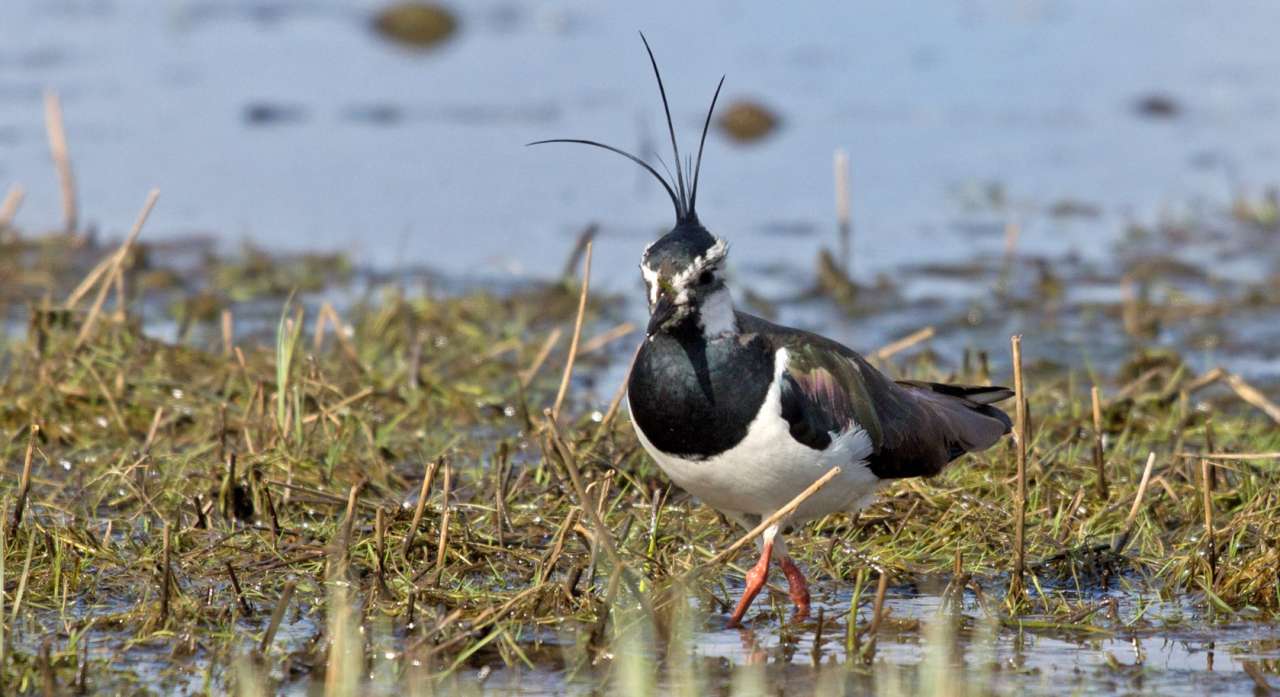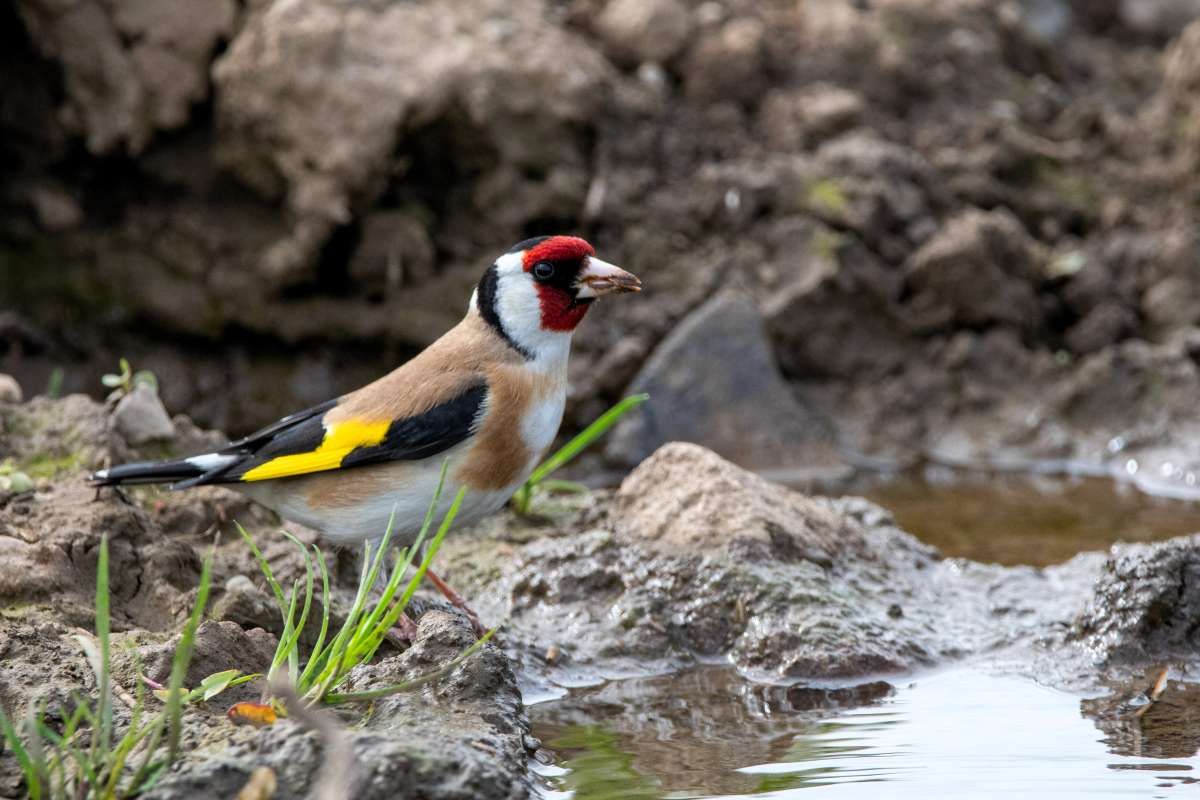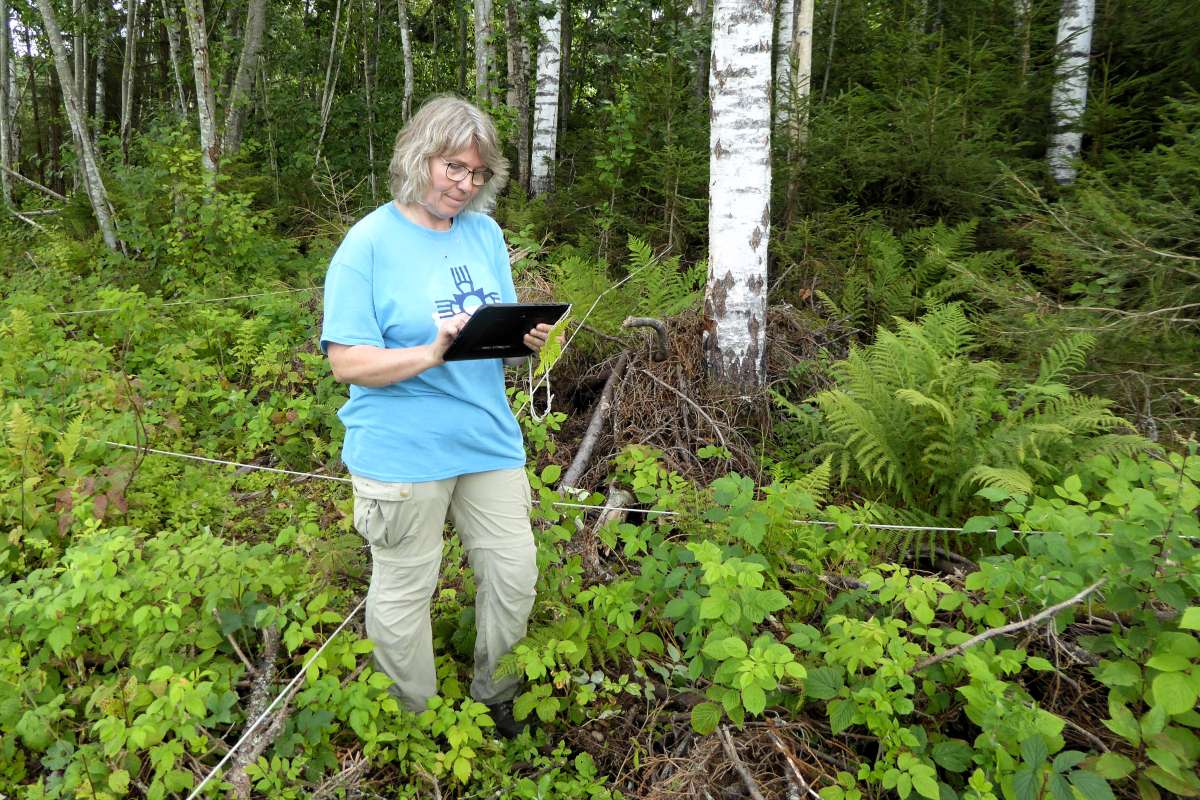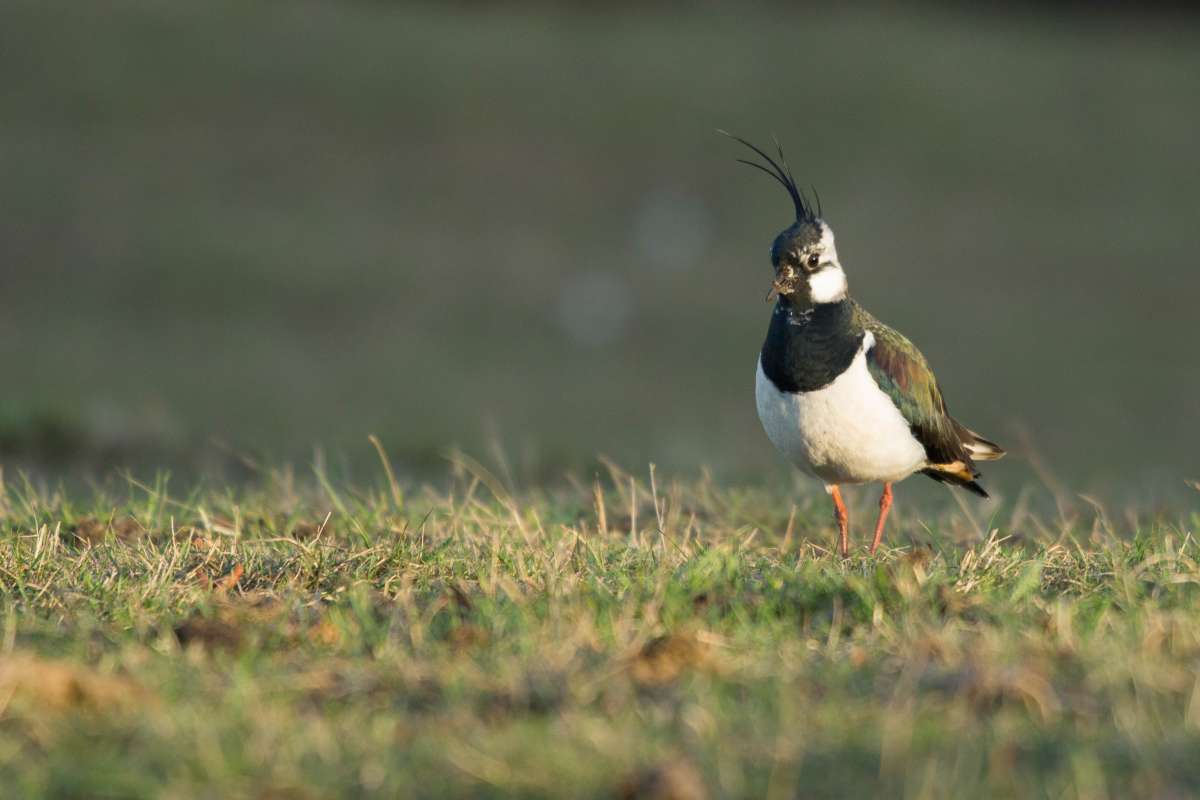
3Q monitoring of birds
NIBIO conducts continuous monitoring of bird populations in agricultural landscapes on behalf of the Ministry of Agriculture and Food, the Ministry of Climate and Environment, the Norwegian Farmers’ Union, and the Norwegian Farmers and Smallholders Union. The monitoring began in 2000 as part of the 3Q Programme. The fieldwork is carried out at randomly selected 1 km² monitoring squares across the country.

At each monitoring square, birds are recorded at nine points, where both the number of breeding pairs and some vegetation data are recorded (within a 50-metre diameter circle). This approach helps us understand the habitat requirements of different bird species and which landscape features support the highest number of individuals or species.
Bird Surveys
BirdLife Norway, on behalf of NIBIO, conducts bird surveys from late May to early June. These surveys are carried out early in the morning (between 04:00 and 09:00) at nine selected points in each monitoring square. Surveyors move from point to point, recording birds for 5 minutes at each observation point. (Surveyors cannot access cultivated land, so points that fall in fields are moved to the field edge).
Surveys Repeated Every Three Years
This work will continue in the coming years, with each site and municipality revisited roughly every third year. It is important that farmers know that they should not be concerned if they see surveyors in the agricultural landscape during the specified period. For practical reasons, it is not possible to give exact dates for the surveys, as they depend on weather conditions.
Anonymous Monitoring Squares
The monitoring squares included in the project are anonymous to the public, and results from individual sites are only used to produce regional and national statistics. A key principle is that the survey itself should not influence land use, as the sites are intended to be typical or representative of broader trends in Norwegian agricultural landscapes. Ideally, all sites would be surveyed annually, but due to budget constraints, surveys are conducted on average every three years per site.
This, combined with annual variations such as weather conditions, means we must be patient when interpreting trends. However, some results are available in the publications listed at the bottom of this page.
Publications
Authors
Christian PedersenAbstract
No abstract has been registered
Abstract
No abstract has been registered
Abstract
No abstract has been registered
Abstract
The decline in farmland birds observed throughout Europe during recent decades has attracted much attention. Agricultural intensification or land abandonment are commonly forwarded as key drivers. Several countries have established agri-environmental schemes (AES) to counter these negative trends among farmland birds. This paper reports a study of the relationship between land use and bird species in the agricultural landscape of Norway. The main objective was to investigate the effect of spatial heterogeneity and diversity of land use on total richness and abundance of farmland birds at a national level. Monitoring the distribution and abundance of birds is part of the Norwegian monitoring programme for agricultural landscapes. The monitoring programme is based on mapping of 1 × 1 km squares distributed across the entire agricultural landscape. Within these squares permanent observation points are established for bird monitoring. Detailed interpretation of aerial photographs provides the land classification. We tested the relationship between landscape metrics at different levels of land type detail and species richness and abundance of farmland and non-farmland birds. There was a positive relationship between species richness and abundance of farmland birds and agricultural area. For non-farmland birds the relationship was negative. Spatial heterogeneity of land use was a significant positive factor for both farmland and non-farmland species. High land type diversity was positive for farmland bird richness, but negative for abundance. Non-farmland bird richness was not affected by land type diversity, but abundance had a negative response. The results presented in this paper highlight the importance of a spatial heterogeneous landscape. However, we also found that land type diversity could negatively affect the abundance of both farmland and non-farmland birds. Our findings suggest a need for different management approaches depending on whether the aim is increased species richness or abundance. Achieving both aims with the same means might be difficult. We thus suggest a need for land use analyses before proper management strategies can be implemented.
Abstract
No abstract has been registered
Abstract
No abstract has been registered



